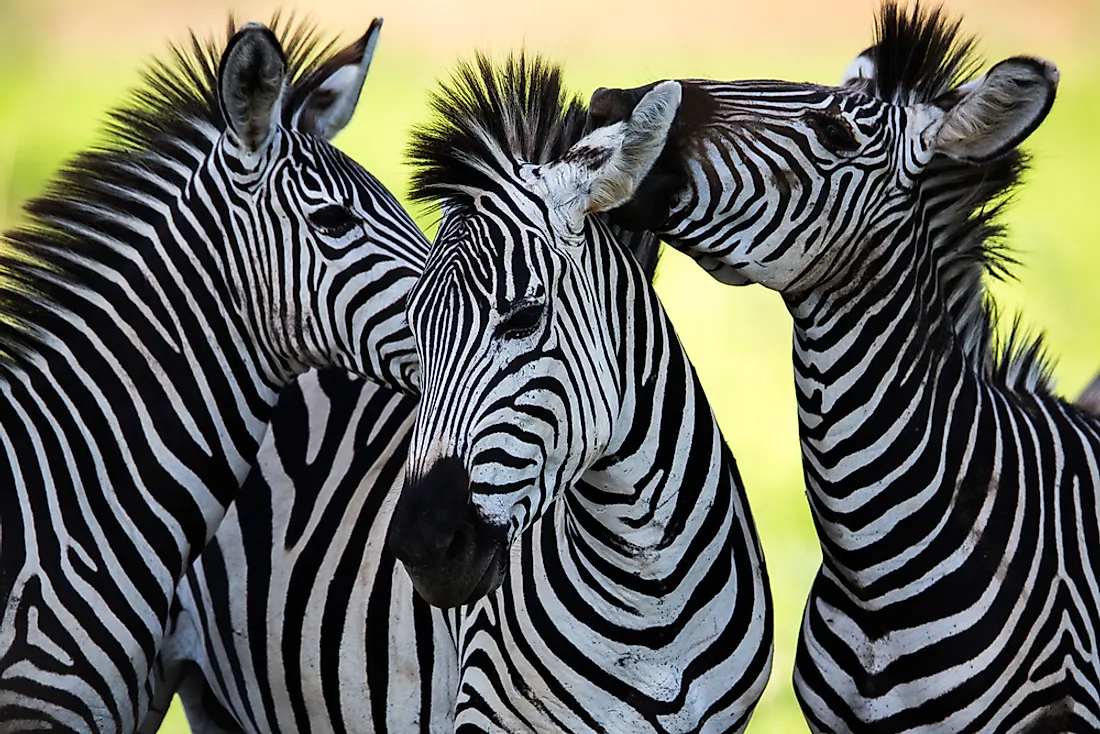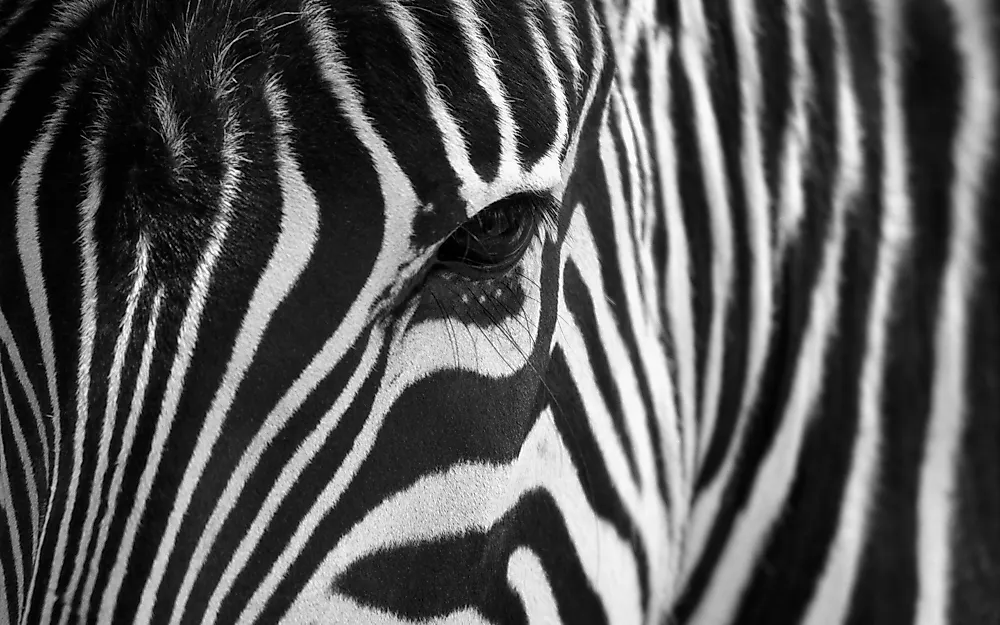Interesting Facts About Zebras

It's easy to write zebras off as "black and white horses". However, although zebras do belong to the horse family, they are unique animals with many attributes of their own. Zebras are organized into three species: the Plains Zebra, the Mountain Zebra, and the Grevy's Zebra. Of these species, there are a number of other subspecies. Zebras are herbivores who live throughout Africa, with a range between the Highlands of Ethiopia to South Africa. Here are some amazing facts about zebras.
6. Wild Zebras Are Found Only In Africa
Wild zebras can be found only in Africa where they inhabit a wide variety of habitats. Captive zebras, however, can be seen in many zoos and animal farms across the world. The wild zebras of Africa can live in many different kinds of habitats. They are found in savannas, grasslands, mountains, coastal hills, woodlands, and scrublands. Their range goes from the north-central portion of the continent, near Ethiopia, to the southern part of the continent.
5. There Are Only 3 Species Of Zebra -
The plains zebra (Equus quagga), the mountain zebra (Equus zebra), and the Grévy's zebra (Equus grevyi) are the three extant subspecies of zebra. The plains zebra has six subspecies and has the highest population of the three subspecies. Its numbers are estimated at around 750,000. The mountain zebra has narrower stripes than the plains zebra, a white belly, and a sleek coat. The species is classified as vulnerable by IUCN and has two subspecies. The Grévy's zebra is the largest of the three subspecies of zebras, have a mule-like appearance due to the presence of a long, narrow head, and is the rarest of the three species of zebras and is designated as endangered by the IUCN. Though these zebra species might have overlapping ranges, they rarely interbreed.
4. The Secrets Of The Zebra Stripes

The stripes of the zebra are not just ornamental in nature but vital to the zebra’s well-being. The stripes of the zebra help to camouflage it in its grassland habitat, which makes the animal difficult to spot from a distance. Recent research also claims that the monochromic pattern of the zebra might also ward off biting insects from the animal.
Each zebra has its unique stripe pattern similar to the fingerprints of humans. It is not yet surely known whether zebras can recognize each other by their stripes, but there is some evidence that foals might recognize their mothers by the pattern of their stripes.
3. Zebras Are Highly Social
Zebras, especially the plains and the mountains zebras, are highly social creatures. They usually live in harems with its surroundings. Zebras also have night vision and excellent hearing abilities. For protection, zebra harems often graze together and also graze with other grazers like the wildebeest. The massive number of grazers means there are more eyes and ears to warn the gathering about any intruding predator. The large numbers could also scare predators away.
2. Excellent Speed And Long Migrations
Zebras are fast-runners and can outpace their predators by running at speeds of up to 65 km per hour. At such high speeds, zebras can escape fast-running predators like lions. Even zebra foals start running with the herd a few hours after their birth. The zebras also participate in the annual 1,800-mile migration in search of water and food from Serengeti, Tanzania to Masai Mara, Kenya.
1. Zebras Need To Be Protected
Humans continue to hunt zebras for their meat and skin. Human bred livestock also compete with the zebras for food and with the high rates of deforestation and habitat destruction in Africa, the future survival of the zebras is definitely at risk. Zebra culling is also prevalent in some parts of Africa. Due to all these factors, the Cape mountain zebra was almost facing extinction and had only about 100 individuals by the 1930’s. Intense conservation efforts have increased the population by a few hundred. The Grévy's zebra is also an endangered species. A single natural hazard or disease can eliminate the entire population due to the high vulnerability of the small population. Though plains zebras now have a healthy population, this might not be the case a few years from now if the threats to zebras continue to exist.











